Sign up for The Wild
We’ll help you find the best places to hike, bike and run, as well as the perfect silent spots for meditation and yoga.
You may occasionally receive promotional content from the Los Angeles Times.
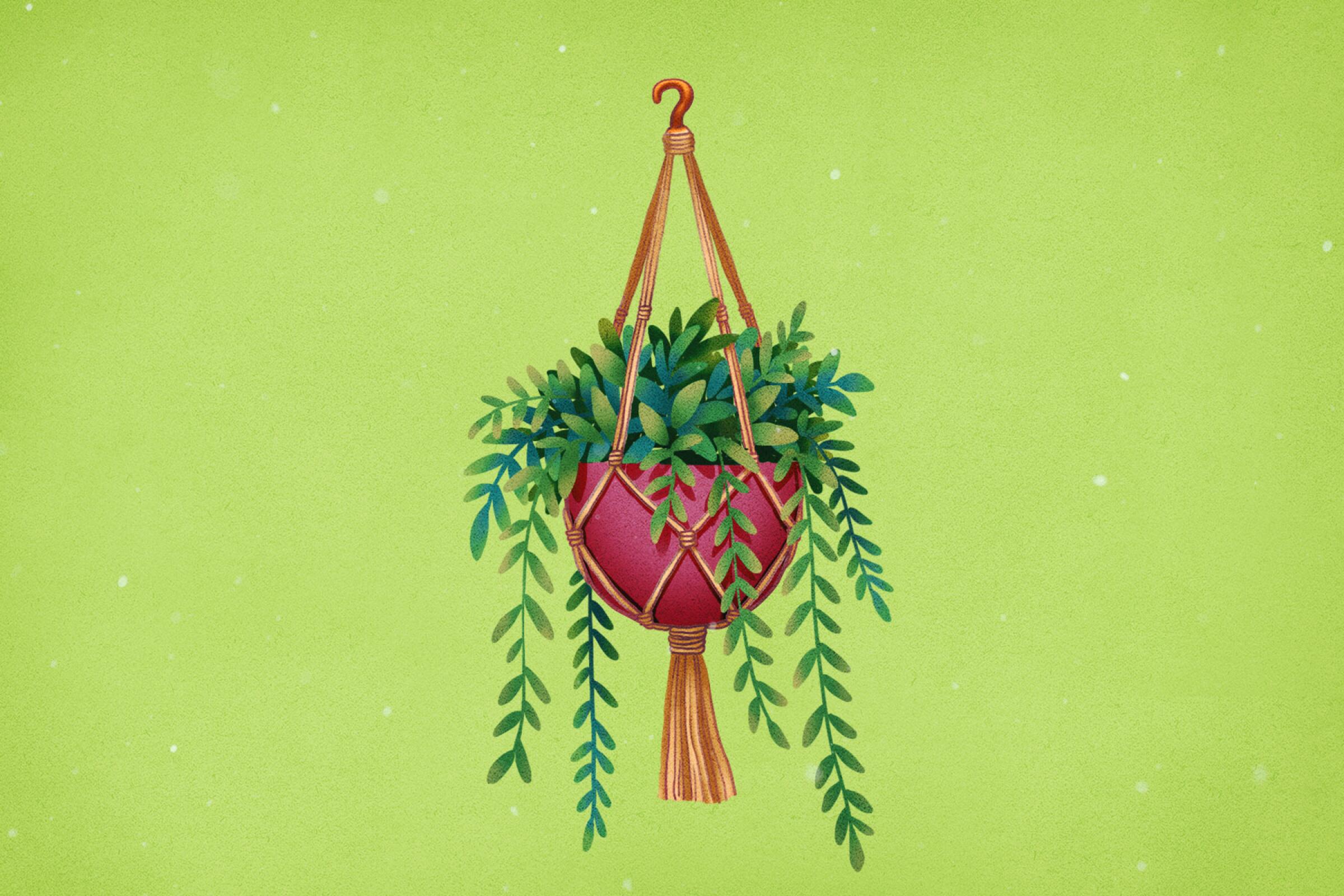
Plants make people happy. They inject our homes with life, personality and vitality.
Until we kill them. (Don’t feel too guilty about that; you can always compost them.)
But it doesn’t have to be that way. Pothos, Aglaonema and Dracaena are practically kill-proof.
Sanseviera can go weeks without water. Fast-growing hoya, often called wax plants, can live forever.
If you travel, or are away from home a lot, consider types of houseplants that don’t need a lot of light and “are forgiving if you forget to water them every now and then,” said Rhiannon Cramm, of Mickey Hargitay Plants.
With that in mind, here are some suggestions from Southern California plant experts Cramm, Danae Horst of Folia Collective, Christine Kelso of Instagram’s Work Hard Plant Hard and Justina Blakeney of the Jungalow.
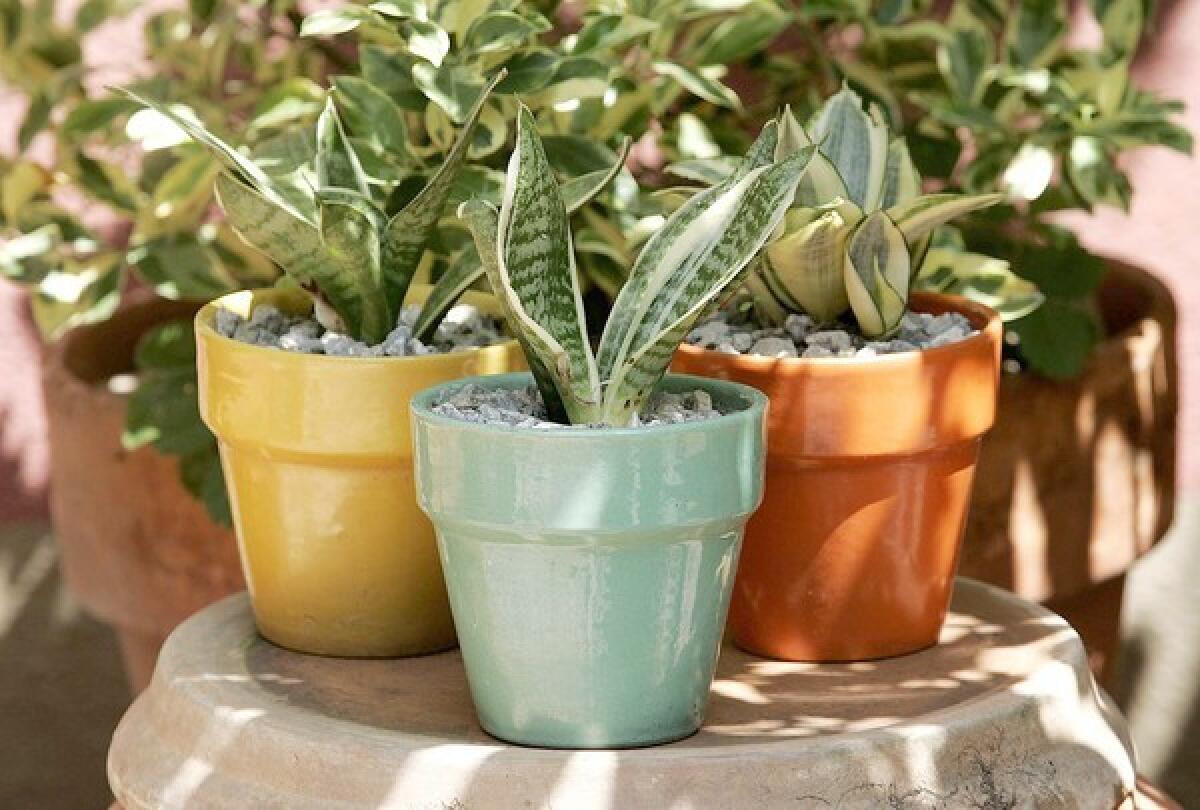
1. Sansevieria: Popular types of sansevieria such as the snake plant, or mother-in-law’s-tongue, are easy to grow, require little water and thrive in warm interiors. Although often considered an office plant, there are many interesting varieties to choose from in various shapes, sizes and colors, including the horn-like cylindrica and patens.
2. Hoya: Many Hoya species do best in bright, filtered light but can be allowed to dry out between waterings because its leaves store water.
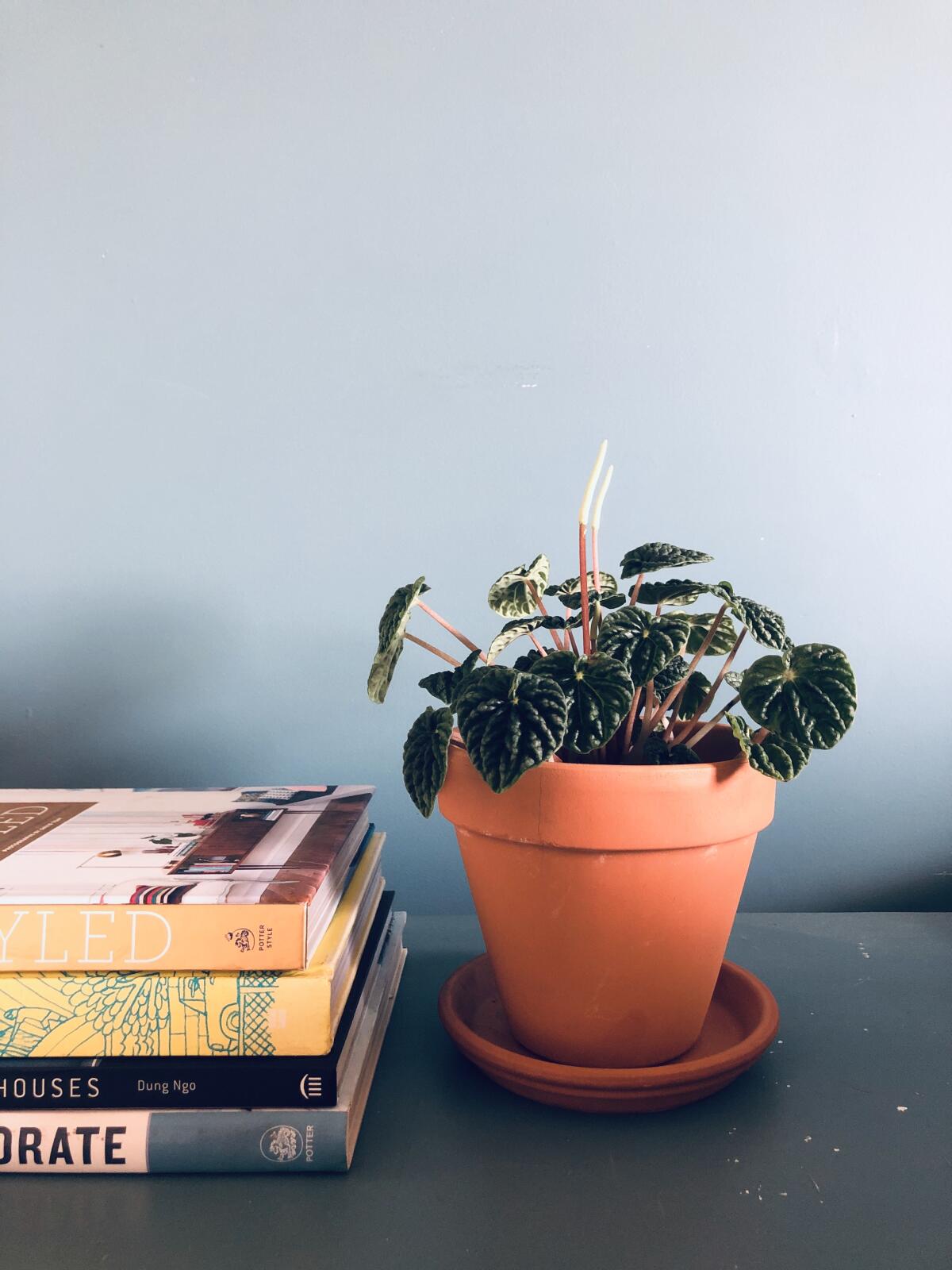
3. Peperomia caperata, ‘emerald ripple’: Peperomia caperata thrive in low, medium, or bright indirect light and retain water in its heart-shaped, corrugated leaves. Resistant to disease and pests, the ripple peperomia is a compact, trouble-free plant that occasionally produces thin, cream colored flower stalks.
Ten months ago, Tommy Engström quit his job in ad sales, packed up his Chicago apartment and drove to Los Angeles.
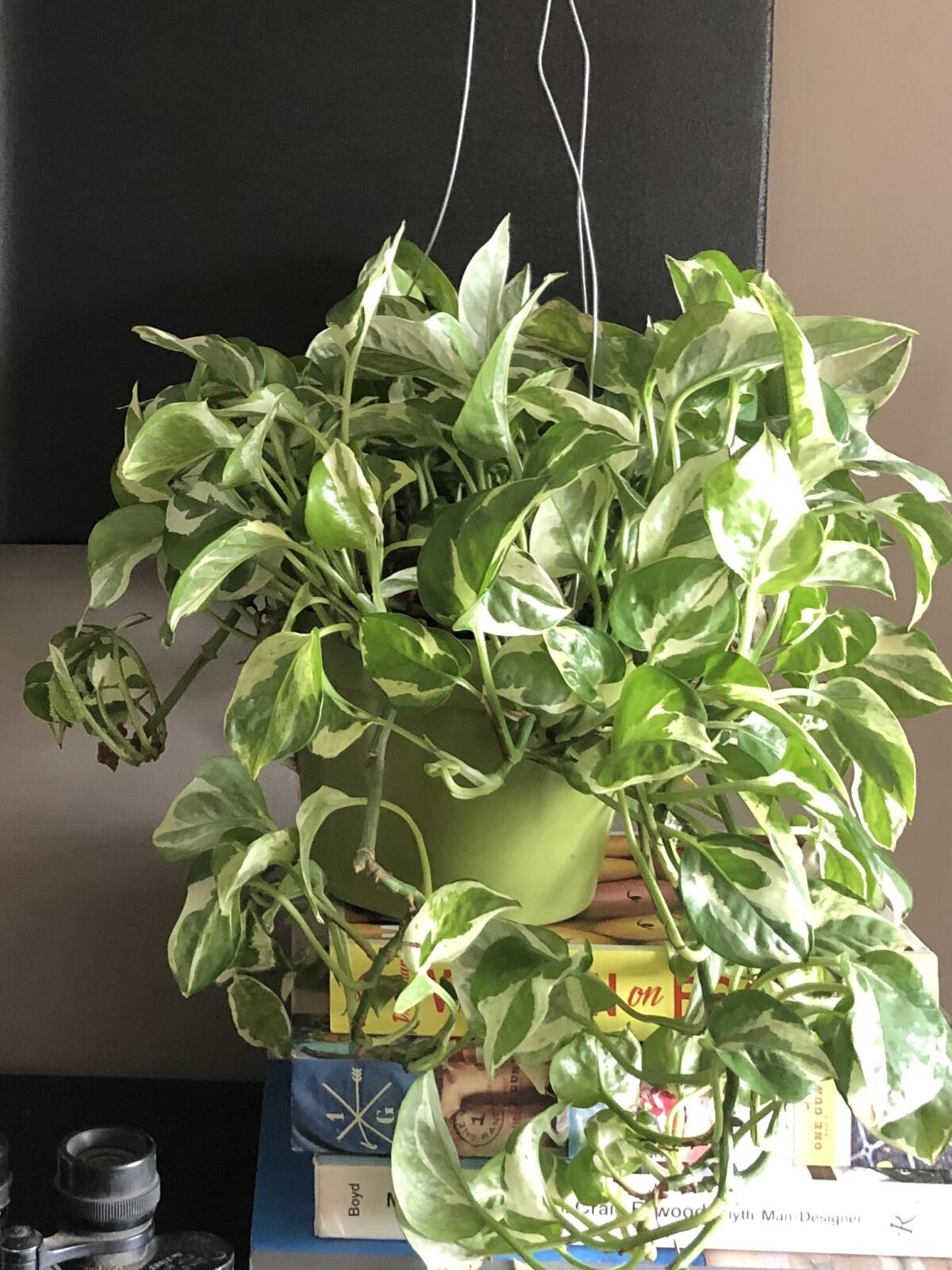
4. Epipremnum aureum, or pothos, devil’s ivy: This climber is known for its long, trailing stems that can grow to 8 feet or more. That is why you will often see it trailing from the rafters in restaurants. You can kill this plant and revive it with water. I speak from experience.
5. Scindapsus pictus, or satin pothos: This popular climber is one of the easiest Scindapsus to grow. Keep it warm, in bright, indirect light, take care not to over water it, and it will be happy.
6. Aglaonema, or Chinese evergreen: The Chinese evergreen is often recommended for beginners because it is hearty, easy to grow, drought tolerant and can endure just about any indoor lighting situation.
7. Spathiphyllum, or peace lily: Grow in medium light, in normal room temperatures, and water moderately and you will be treated to fragrant flowers in the spring.
One is a physician with an active practice in San Diego.
8. Dracaena Lisa cane and marginata: If you are looking for something taller, the Dracaena Lisa cane and marginata hold up well in lower light. A healthy Lisa cane can grow as high as 7 to 8 feet tall with very little sunlight. Dracaena are popular for their striped, glossy leaves.
9. Zamioculcas zamiifolia, or ZZ plant: If you are intimidated by houseplants, Zamioculcas zamiifolia, commonly known as the ZZ plant, is a tall, sculptural tropical that can survive just about anywhere.
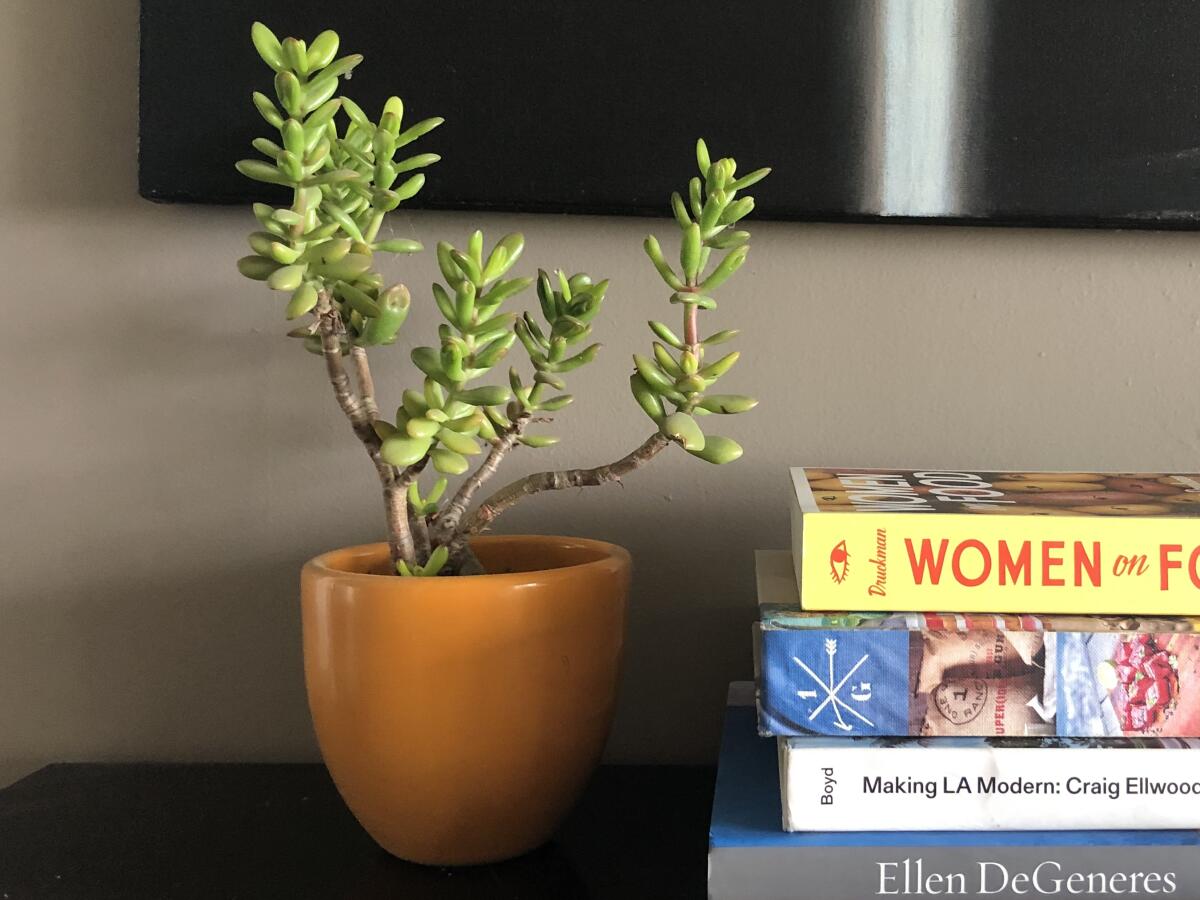
10. Crassula ovata, or jade plant: This succulent needs little water, can withstand full sun to part shade, may grow to 4 feet tall and produces tiny pink or white star-shaped flowers.

11. Beaucarnea recurvata, or ponytail palm: The ponytail palm is easy because it can grow almost anywhere. It is impossible to kill as long as you don’t over water it.

12. Chlorophytum comosum, or spider plant, curly or straight: Provide this popular houseplant with well-drained soil and bright, indirect light and it will treat you to ornamental leaves that sprout spider-shaped plantlets.
13. Philodendron hederaceum: This plant, with its heart-shaped green leaves and trailing vines, is one of the most common houseplants and one of the easiest to grow. The plant can survive in a variety of lighting conditions and can be grown as a climbing or trailing specimen in baskets.
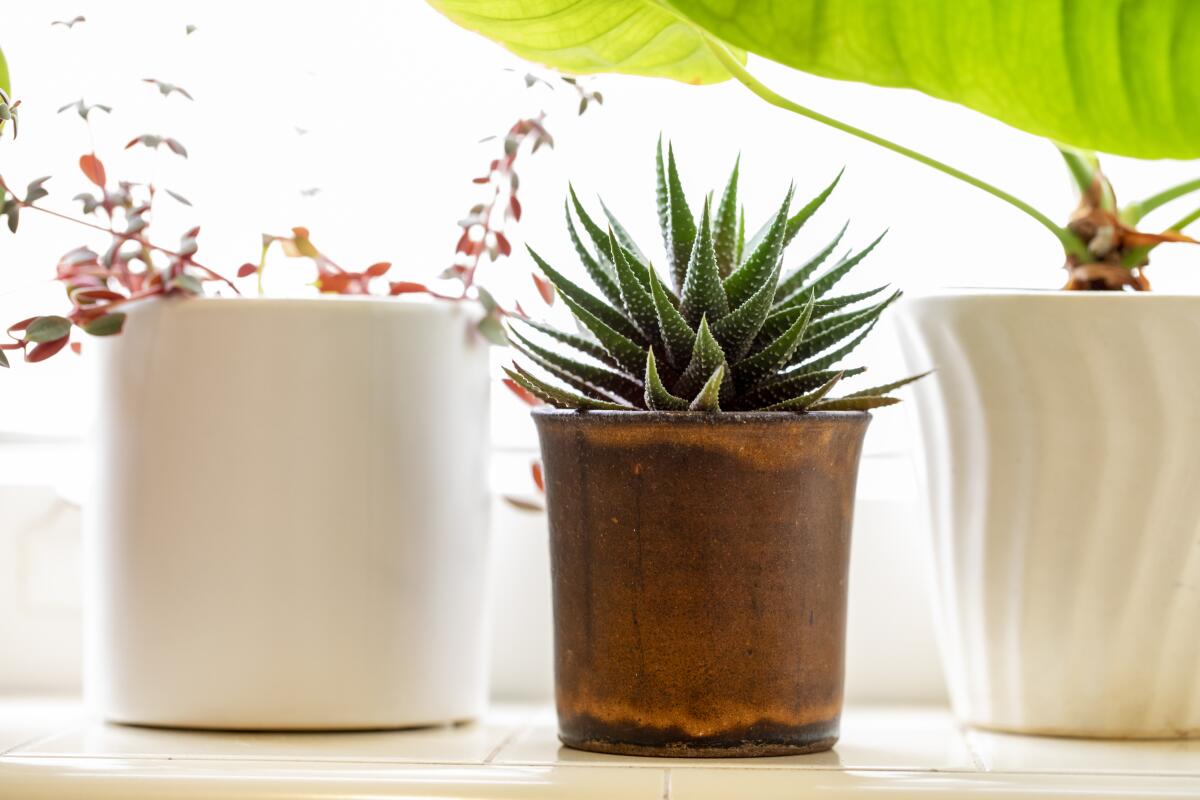
14. Haworthia fasciata: Small and dramatic, this succulent has dark green leaves and white horizontal stripes. It is easy to grow and will thrive in partial shade, which is an unusual feat for a succulent.
Sign up for The Wild
We’ll help you find the best places to hike, bike and run, as well as the perfect silent spots for meditation and yoga.
You may occasionally receive promotional content from the Los Angeles Times.